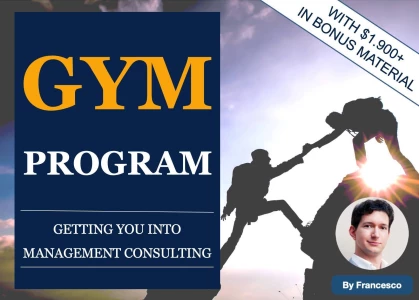Hello!
I have gone through a few interviews with consulting firms. The feedback that I have gotten was that I should work on my creativity a bit more. Personally, I am sometimes thrown off by unconventional cases (not business ones and not "how would you calculate the number of golf balls that could fit into an airplane?"). Therefore, could you please suggest how to develop creative thinking? Any books or reading you could recommend?
I currently work in finance, and the nature of work does not quite imply out-of-scope thinking. I know to some extent creativity is a bit more of a habit and, perhaps, doing something to develop this habit would help me progress.
Thank you!








